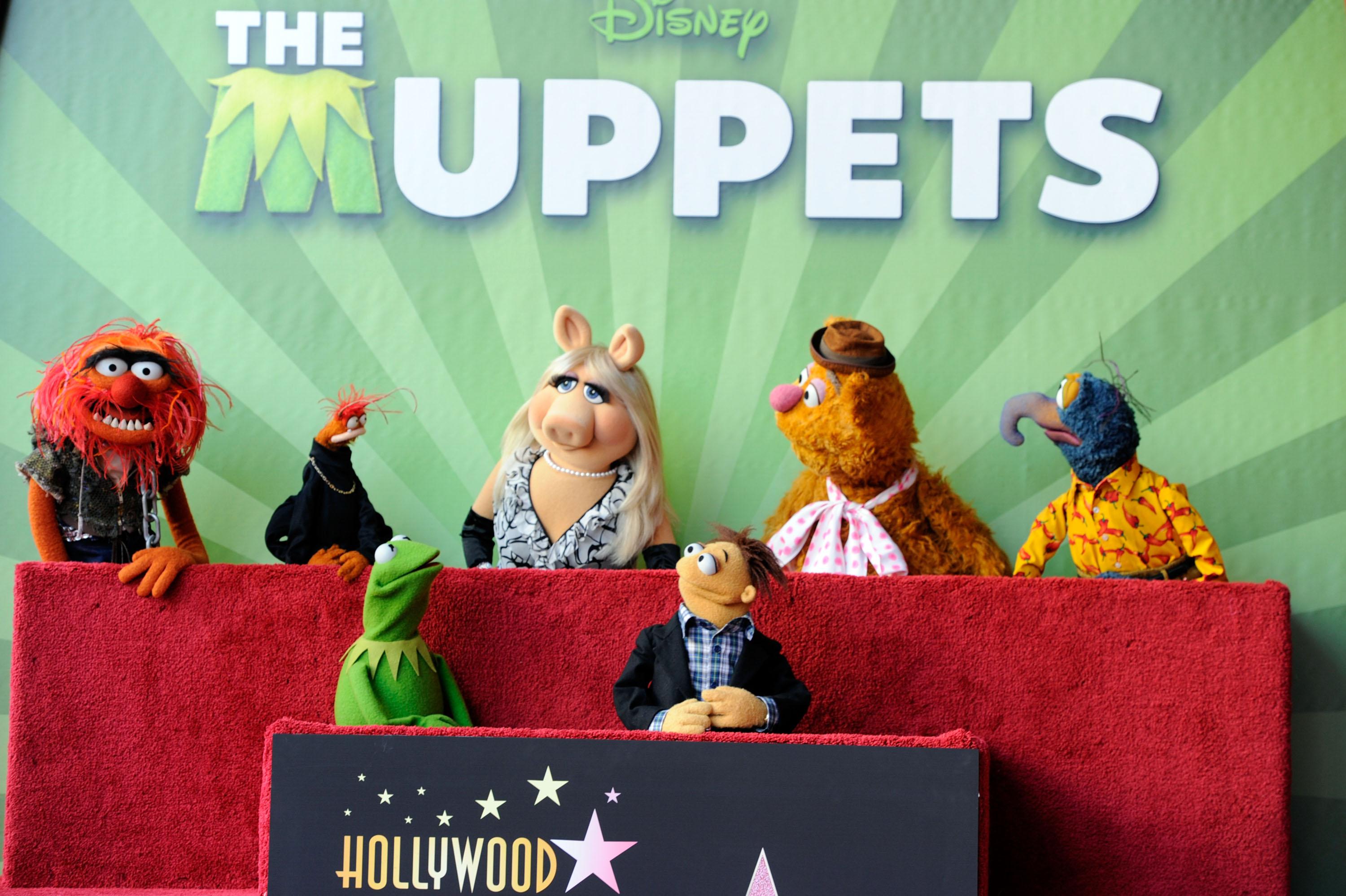Jane Henson, the widow of Muppets creator Jim Henson, died on Tuesday. The couple met cute at a puppetry class at the University of Maryland in the 1950s. Do most puppeteers, like engineers or financiers, learn their trade in college?
Not traditionally. There are a handful of opportunities for formal puppetry education. The Los Angeles–based Puppet School and performance arts colleges offer classes. The University of Connecticut, along with a few other universities, offers bachelor’s and master’s degrees in puppetry. Formal puppetry education has its advantages: It condenses a lifetime of practice into three or four years of intensive study, it builds a professional puppeteering network, and graduates have a slightly easier time finding work in Hollywood and on Broadway. But the programs are small—the University of Connecticut graduates just five or six puppeteers every year. The vast majority of professional puppeteers are either self-taught or learned the trade through an apprenticeship.
Many television puppeteers were fascinated as children by the work of Jim Henson, watching every program Henson made about the art of Muppetry. (Henson’s gift for speaking to children is obvious in those delightful shows. He said things like, “when you make a seam—that means when you sew two pieces together …”) They built their own puppets out of found materials and got their start on local television programs. Kevin Clash, who gained fame as the voice and hand behind Elmo but now faces charges of sexually abusing minors, is probably the most famous example of this route to professional puppetry, but there are many others like him.
Stage puppeteers—those who operate marionettes, string puppets, or shadow puppets—more often come to the field from other performance specialties. They were dancers, actors, voice-over artists, or clowns who auditioned for a puppet-based production and, through their ability to work an audience, caught the eye of an established puppeteer. Yvette Edery, creator of the puppet film Jillian Dillon, is an example of a puppeteer who took the apprenticeship route, spending months studying under a German puppet master.
What do you learn in puppet school? Few professional puppeteers enjoy the kind of infrastructure Jim Henson had in his later years, so puppet training programs teach a little bit of everything: construction, voice over, set design, and marketing, along with performance.
The basics aren’t quite as intuitive as they appear. Television puppeteers have to watch the character on a monitor, to make sure that its eyes are visible to the audience and its body is properly positioned in the shot. The challenge is that the camera reverses everything—left becomes right and right becomes left. Beginners have enormous trouble adapting their movements to a backwards world. (Teachers at the University of Connecticut call the phenomenon “Jell-O head.”)
Conditioning is another issue. It’s hard enough to hold your hand above your head for five minutes, but many puppets weigh 10 pounds or more. Some trainees practice by doing handstands. Marionette experts develop tremendous back muscles from holding their characters at arm’s length.
Technical problems can usually be overcome with repetitive exercises. At the Puppet School, students move their character through a series of positions—entering the shot, gazing at the camera, looking toward corners of the frame, tilting the head, and exiting the shot. The exercise is done with a bare hand, to give the teacher a better view of the student’s technique.
Learning the artistry is more difficult. Since puppets are limited in their movements and expressions, convincing an audience that an inanimate strip of felt is alive requires tremendous skill. That means being patient and not rushing the character through a scene, and making sure that its limbs react appropriately to gravity. These small details take a lifetime to master.
Got a question about today’s news? Ask the Explainer
Explainer thanks Steve Axtell of Axtell Expressions, Michael Earl of the Puppet School, actor and puppeteer Yvette Edery, puppeteer Anna Fitzgerald, and Bart Roccoberton of the University of Connecticut.
